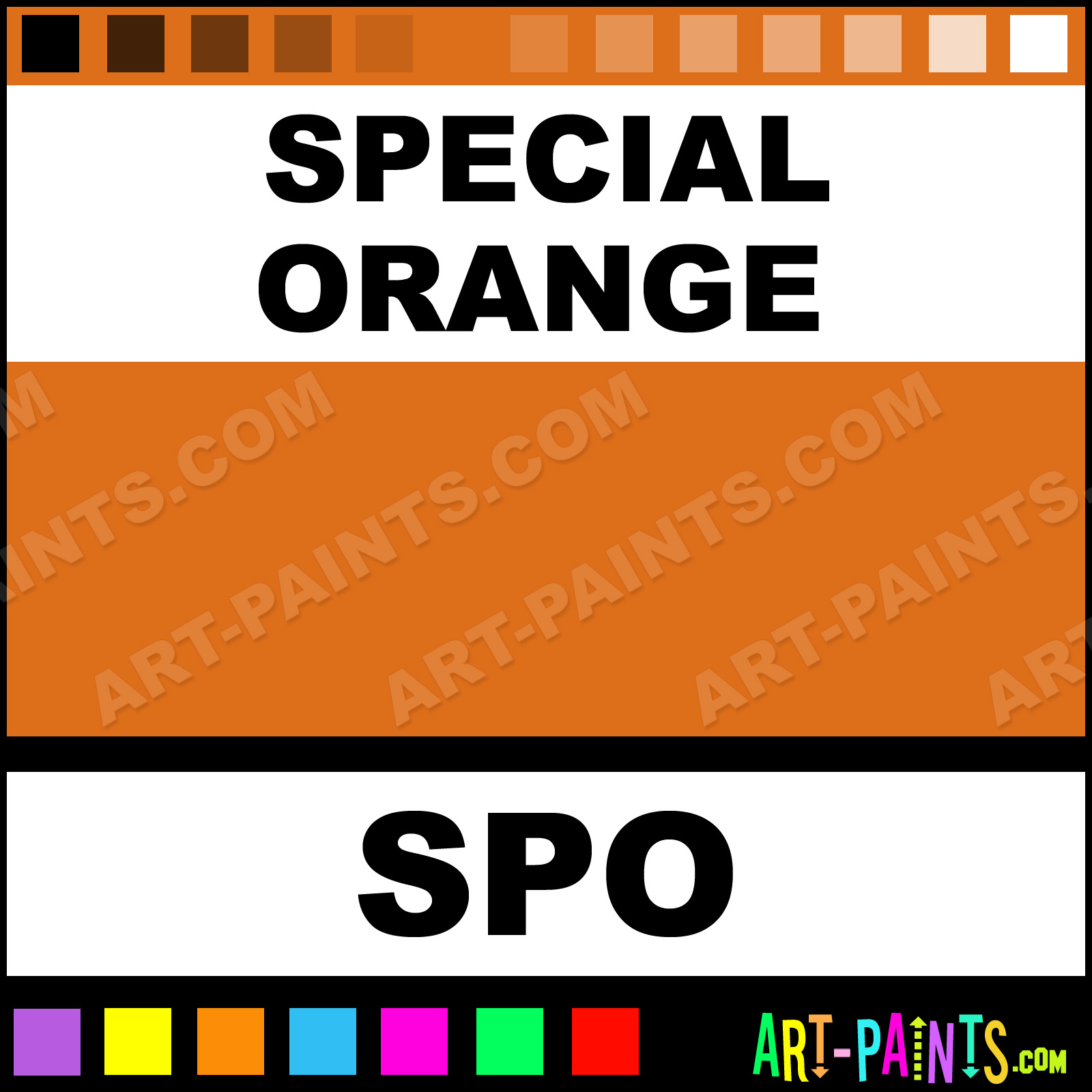

But the Surface Laptop Studio isn’t a thin and light laptop either, so these are in two completely different categories in terms of portability. One is a tablet and the other is a laptop, and that alone is a big deal. It doesn’t take very long to look at these two devices and see that they’re radically different.
STUDIO ONE INK PORTABLE
Design: The Surface Pro 8 is actually portable The Surface Pro 8 is a tablet you might want to take pictures with, so there is a 10MP camera on the back, and it supports video recording at 4K too. However, the Surface Laptop Studio doesn’t have a rear camera, which is what you’d expect since it’s a clamshell laptop.
STUDIO ONE INK 1080P
In terms of the cameras, both laptops have a Full HD front-facing webcam, and Microsoft is thankfully one of the few companies using 1080p webcams in most of its products. Both laptops still support Dolby Atmos though, so you’ll get a solid experience either way.īoth laptops have Full HD webcams and dual microphones for video calls. The Surface Pro 8 has two 2W speakers for stereo sound, but the Surface Laptop Studio uses Quad Omnisonic speakers, which should be more immersive and louder. The sound experience is going to be better on the Surface Laptop Studio however. Both of them support Dolby Vision and they come with the Microsoft G6 processor that enables haptic feedback in the Surface Slim Pen 2. Still, you can’t go wrong with either one.

But if you have keen eyes and resolution is extremely important to you, then the Surface Pro 8 might actually offer a better experience. Admittedly, these are both still incredibly sharp displays, so you probably won’t really notice a big difference in sharpness between the two. It’s still the typical 3:2 aspect ratio, which means it’s still great for productivity.Ĭonversely, the Surface Studio has a larger 14.4 inch display with the same 3:2 aspect ratio, but it comes at a lower 2400 x 1600 resolution. The Surface Pro 8 has a smaller screen, being 13 inches diagonally, but the resolution on it is still noticeably higher - 2880 x 1920. In that regard, both screens are equally great, but there are some differences otherwise. The Surface Pro 8 and the Laptop Studio are the two first Surface devices to introduce something big - a 120Hz refresh rate display. Display: One is bigger, the other is sharper That’s slightly above the 16 hours of the Surface Pro 8, but again that’s because it’s a much larger device. Microsoft promises up to 19 hours of battery life on the Core i5 models and 18 hours with a Core i7. The base model of the Surface Laptop Studio also includes 256GB of storage, as opposed to the 128GB minimum of the Pro 8.įinally, there’s battery life, and here too the Surface Laptop Studio pulls a victory thanks to its much larger size. As for storage, you can get up to 2TB with the Surface Laptop Studio, double the 1TB offered by the Surface Pro 8. Both devices go up to 32GB of RAM, but the Surface laptop Studio has a minimum of 16GB, while the Pro 8 starts with 8GB.

The Surface Laptop Studio is a beefier machine in other ways too. With the Surface Pro 8, you can only run simpler games, cloud gaming, or you need an external GPU.
STUDIO ONE INK PC
This is actually a viable gaming PC with this GPU built-in, and that’s a big deal for some users. Compared to the integrated graphics on Intel CPUs, the RTX 3050 Ti is a much more powerful graphics card and it can greatly boost everything from video editing to gaming. The Surface Laptop Studio includes an NVIDIA GeForce RTX 3050 Ti GPU in the Core i7 model, and that’s what makes it stand out the most. With a GeForce RTX 3050 Ti, the Surface Laptop Studio can be a proper gaming rig.īut the biggest difference you’ll see is probably in the GPU side of things.

$1,099.99 (consumer models with Intel Core i5) Optional: LTE (Qualcomm Snapdragon X20).Core i7: Up to 18 hours of battery life.Core i5: Up to 19 hours of battery life.Up to 16 hours of battery life (unspecified capacity).Quad Omnisonic speakers with Dolby Atmos.Dual 2W stereo speakers with Dolby Atmos.14.4 inch PixelSense Flow (2400 x 1600), Dolby Vision, up to 120Hz refresh rate, touch, Surface Pen support.13 inch PixelSense Flow (2880 x 1920) display, Dolby Vision, up to 120Hz refresh rate, touch, Surface Pen support.NVIDIA GeForce RTX 3050 Ti (Core i7 models).Intel Iris Xe Graphics (Core i5 models).Intel Core i3-1115G4 (up to 4.1GHz, 2-core) (commercial customers only).


 0 kommentar(er)
0 kommentar(er)
